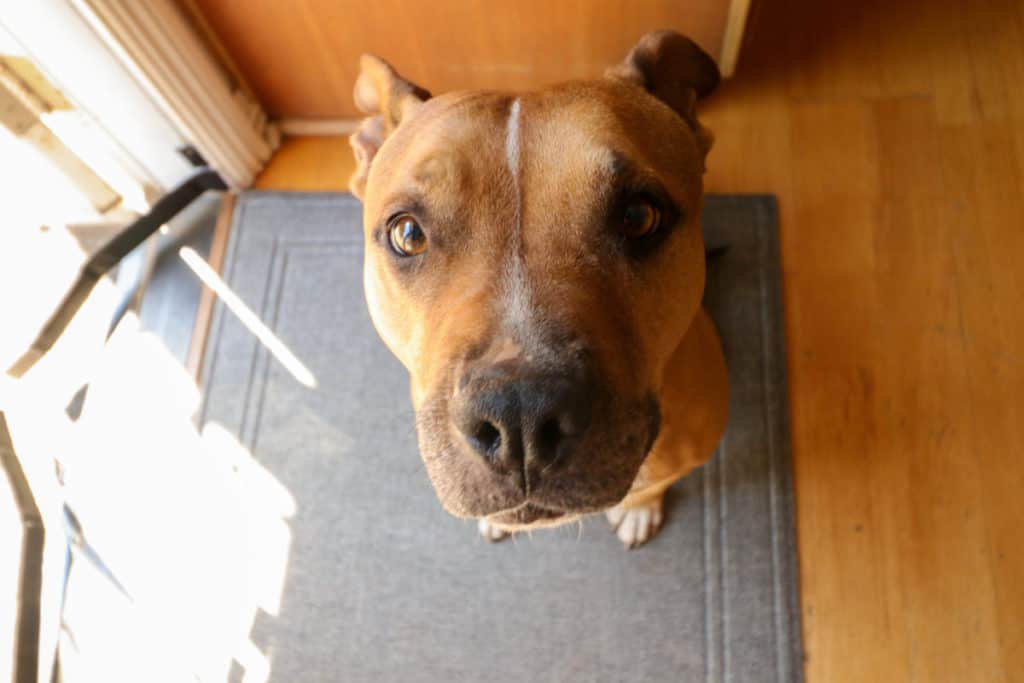What did I learn from my dog training apprenticeship?

Positive reinforcement can do it all. I have seen Ms. DesRoche perform miracles on some of her clients, some of whom were dogs that were considered to be “lost causes”, or dogs that many dominance trainers would have looked at and said that there was no way they could be helped with positive reinforcement. There is no need whatsoever for forceful methods.
It is often the case that discomfort, arousal, and fear aggression are mistaken for dominance and disobedience when really, the dog just wants to feel safe and comfortable in an unfamiliar or frightening situation. Don’t all beings, including yourselves, want to feel comfortable and safe? Instead of making an immediate or drastic “correction” to such behaviors, it is the job of a force-free R+ trainer to figure out how to make the dog feel comfortable so that they do not feel the need to act aggressively.
As an example, I once assisted a number of sessions with a bulldog that did not like strangers, especially men, and definitely not when they were entering his home. Whenever a man would come in, he would growl, run over, and corner them, barking and jumping if they moved.
Now, a dominance trainer would take this opportunity to “correct” the behavior with a shock, an “alpha roll”, a shout, a spray bottle, or some other equally aggressive technique in order to punish a behavior and tell the dog that this is inappropriate. But from the dog’s perspective, they are just being a dog, and defending their home and their people from scary strangers. They are afraid, stressed, and uncomfortable.
So which is better: adding in more aggression and stress to an already stressed out dog with forceful methods, or teaching the dog that they don’t have to be afraid?
Adding stress to stress just gets more stress. The dog does not stop wanting to act out at the strangers. They are just more afraid of the punishment than the strangers, and it is certainly the case that many dogs learn to hide their fear and aggression signals until they get so worked up that they snap and bite or maul somebody.
On the other hand, in the case of the bulldog, we spent many sessions practicing having me enter the apartment, and literally stand in the corner, facing the wall. When the dog would approach, I would drop food. Very slowly, over many sessions, I was able to step further and further into the apartment, dropping food and staying calm and quiet the whole time, and eventually was even able to sit on the couch! Eventually, whenever I came into the apartment, he would run up to me, happy and wiggling, excited to see me whether I had food or not. With a bit more practice, he was happy to have others in the apartment, and got much more comfortable with strangers outside and in different places outside of his home.
A wonderful, happy dog was coaxed out of a scared, fearful, and aggressive dog by listening to the dog’s fears and responding in non-threatening ways that helped him work through the fear. No force necessary!
You might also be interested in: What I learned about dog training you can’t learn from a book or course.
